By the end of this Clothes Vocabulary lesson, you can effectively communicate in English about various clothes Vocabulary, and accessories, using correct Vocabulary and context.
1. Clothes Vocabulary: Tops
- Shirt: a piece of clothing that covers the upper part of the body, typically with buttons or a zipper.
Example: “I’m wearing a white shirt today.” - Blouse: a lightweight, casual, or formal top for women.
Example: “She’s wearing a beautiful blue blouse.” - T-shirt: a casual, sleeveless shirt.
Example: “He’s wearing a cool t-shirt with a funny slogan.” - Jacket: a long-sleeved shirt that can be worn separately from a suit.
Example: “He’s wearing a leather jacket.”
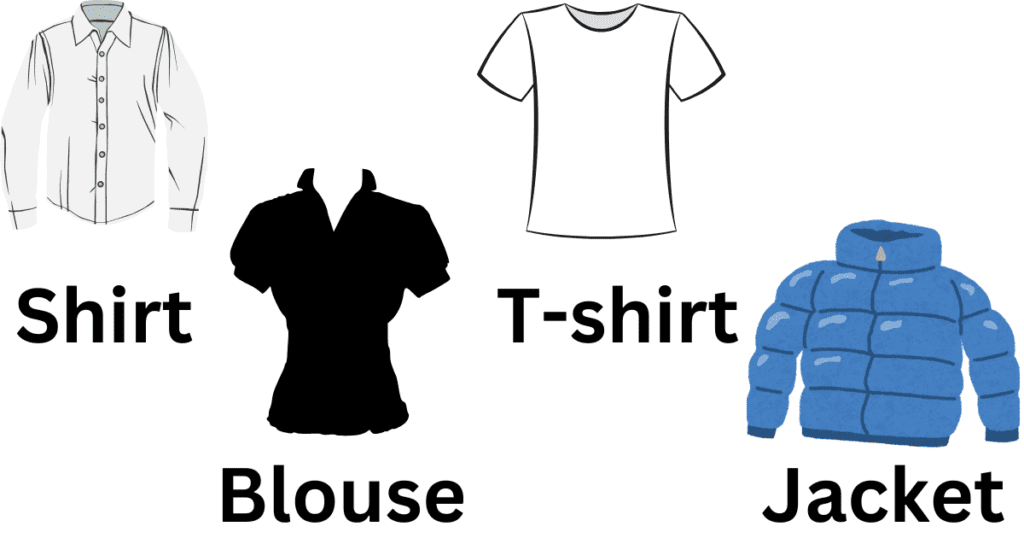
2. Clothes Vocabulary: Bottoms
- Pants: loose-fitting trousers for both men and women.
Example: “I’m wearing my favorite pair of black pants.” - Jeans: a type of pants made from denim.
Example: “She’s wearing a pair of ripped jeans.” - Skirt: a piece of clothing that hangs from the waist, typically for women.
Example: “She’s wearing a red skirt and a white top.” - Shorts: a type of clothing that is shorter than pants.
Example: “He’s wearing a pair of shorts and a t-shirt.”
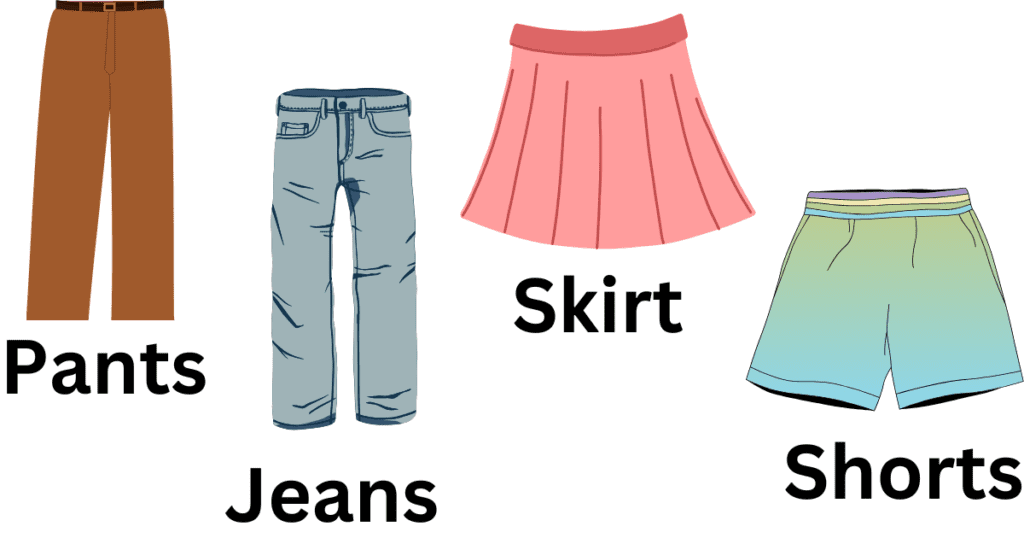
3. Clothes Vocabulary: Outerwear
- Coat: a long, waterproof, or windproof outer garment.
Example: “I’m wearing a warm coat to keep me dry.” - Sweater: a knitted or crocheted top worn for warmth.
Example: “She’s wearing a cozy sweater.” - Dress: a single garment that covers the body from the shoulders to the feet.
Example: “She’s wearing a beautiful evening dress.” - Jumpsuit: a one-piece garment that covers the whole body.
Example: “He’s wearing a jumpsuit for the party tonight.”
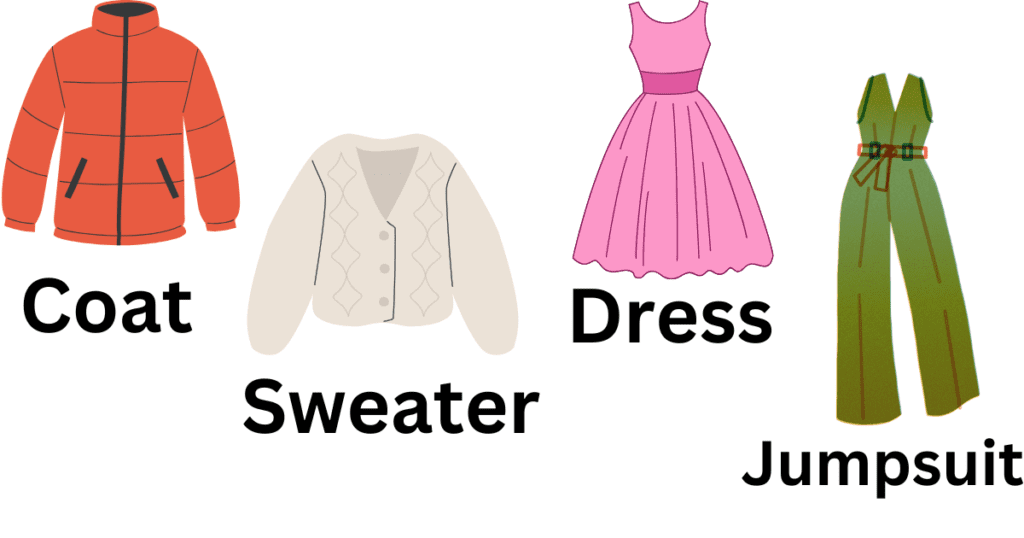
4. Accessories
- Shoes: a type of footwear.
- Hat: a covering for the head.
- Belt: a strap that goes around the waist.
- Bag: a type of bag or container for carrying things.
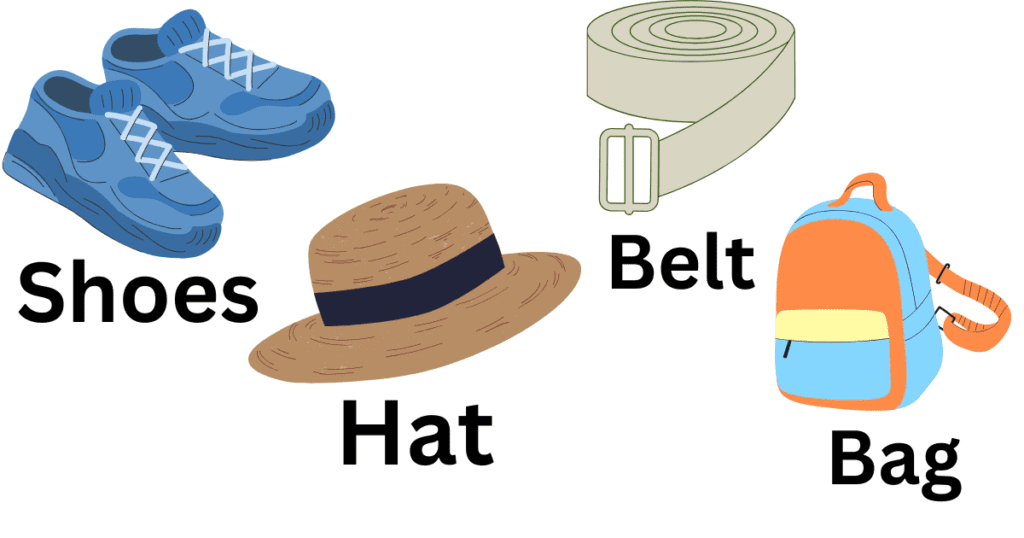
5. Fabrics
- Cotton: a natural fiber fabric.
Example: “This shirt is made from cotton.” - Wool: a natural fiber fabric.
Example: “This sweater is made from wool.” - Silk: a synthetic fabric that looks like silk.
Example: “This scarf is made from synthetic silk.” - Polyester: a synthetic fabric.
Example: “This shirt is made from polyester.”
6. Style and Patterns
- Style: a way of wearing clothes.
Example: “He’s wearing a casual style for the weekend.” - Pattern: a design on the fabric.
Example: “This shirt has a fun striped pattern.”
7. Colors and Sizes
Also Understanding sizing can be crucial when shopping for clothes. Sizes can vary significantly between brands and styles, however, common categories include:
- Color: the hue or shade of a fabric or garment.
Example: “This dress is pink in color.” - Size: the measurement of a garment.
Example: “I’m wearing a medium size.” - S/M/L/XL: These stand for small, medium, large, and extra-large — commonly used for general sizing.
- Numeric Sizes: In women’s clothing, sizes often range from 0-24, while men’s clothing might use waist and inseam measurements (for example, 32×34).
8. Verbs and Phrases
Basically, Using the right verbs related to clothing vocabulary can help in creating meaningful sentences. So here are some important actions:
- To wear: to put clothes on the body.
Example: “I’m going to wear a hat today.” - To try on: to wear clothes to see how they fit.
Example: “She’s trying on a new dress.” - To fit: to match the shape of a person’s body.
Example: “This shirt doesn’t fit me well.” - To buy: To purchase clothing
- (e.g., “I want to buy a new jacket.”).
- To return: To take back clothing to the store, usually if it doesn’t fit or meet expectations (e.g., “I need to return this dress.”).
- To dress up: To put on formal or elegant clothing (e.g., “We need to dress up for the wedding.”).
9. Useful Phrases
Finally, Knowing some common phrases can assist in everyday conversations about clothing. Basically Here are examples:
- “What’s your style?”: Asking someone about their fashion preferences.
- “I like your outfit!”: Complimenting someone on their clothing.
- “Do you have this in another color?”: Inquiring about alternative options when shopping.
- “I’m looking for a pair of shoes.”: Expressing a specific shopping need.
- “Can I try this on?”: Requesting fitting room access when shopping.
Tips for studying clothes vocabulary in English:
- First, Start with common categories: Begin by learning basic clothing categories, such as tops, bottoms, outerwear, accessories, and footwear.
- Use flashcards: Create flashcards with the English word on one side and the meaning or description on the other. This will help you memorize key terms.
- Practice with images: Use visual aids like pictures or videos to help you associate words with their meanings.
- Understand verb tenses: Learn to use clothing-related verbs like “to wear,” “to try on,” and “to fit” in different verb tenses (e.g., present, past, future).
- Focus on descriptive language: Learn to describe clothing styles (e.g., casual, formal), colors, and sizes using adjectives like “comfortable,” “stylish,” or “oversized.”
- Engage in conversations: Discuss clothes-related topics with others, such as shopping, dressing for occasions, or expressing personal fashion preferences.
- Watch TV shows and movies: Pay attention to how characters describe their clothing or use clothing-related vocabulary in conversations.
- Read fashion articles and blogs about clothes vocabulary: Expose yourself to real-world examples of clothes vocabulary in context.
- Review and practice consistently: Set aside time each day or week to review and practice your clothes vocabulary.
Conclusion
In conclusion, understanding clothing vocabulary is essential for effective communication in various contexts. Firstly, we explored essential terms such as “shirt,” “pants,” “dress,” and “shoes.” Next, we examined adjectives like “casual,” “formal,” “stylish,” and “comfortable” to describe different outfits. Moreover, we discussed accessories, including “belt,” “scarf,” and “hat,” which enhance any wardrobe. Furthermore, mastering this vocabulary not only aids in shopping but also enhances interpersonal interactions. Ultimately, as you continue to practice and incorporate these terms, you will undoubtedly find that your confidence in discussing clothing will grow significantly.
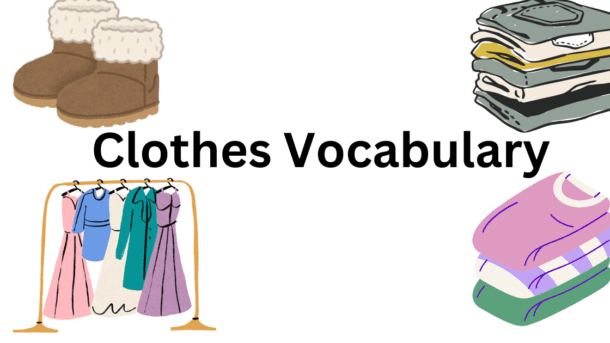
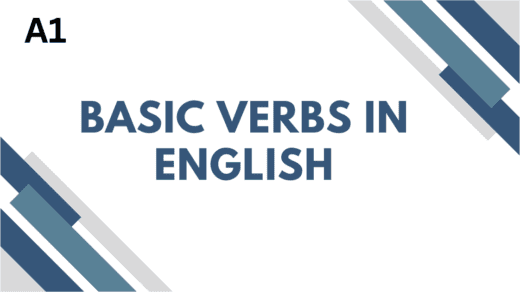
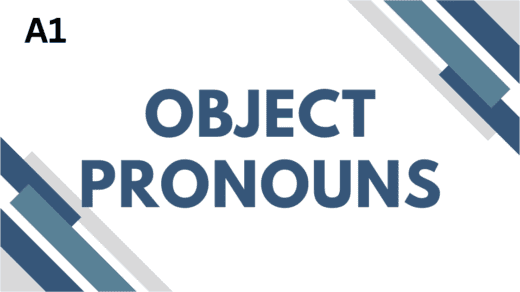
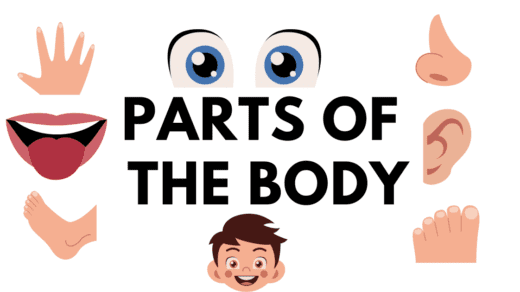
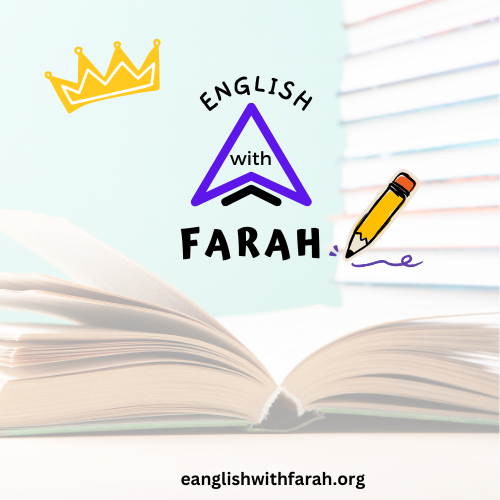
1 Response
[…] Vocabulary In EnglishDrinks Vocabulary in EnglishClothes Vocabulary In EnglishFruit vocabulary In EnglishVegetables In […]